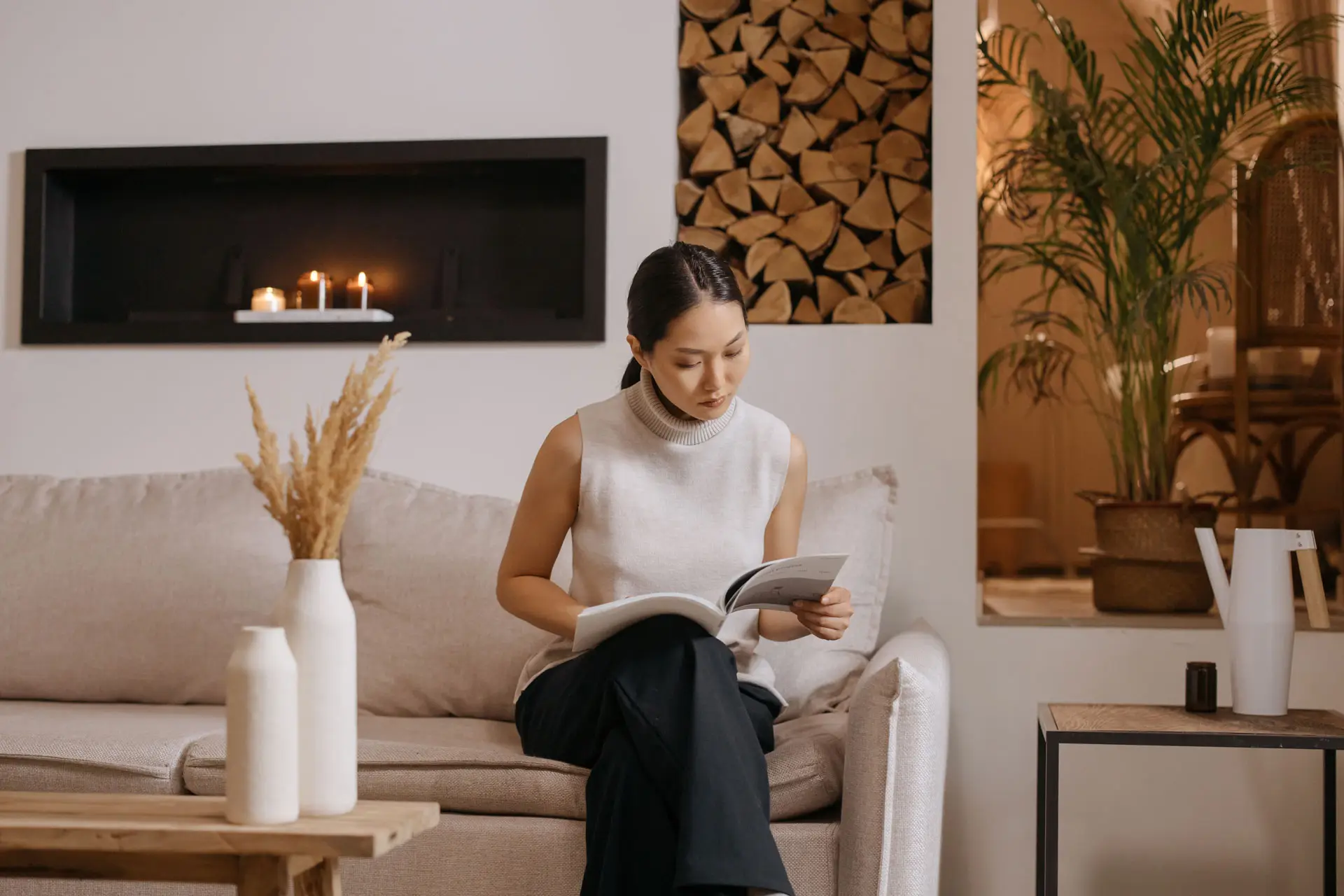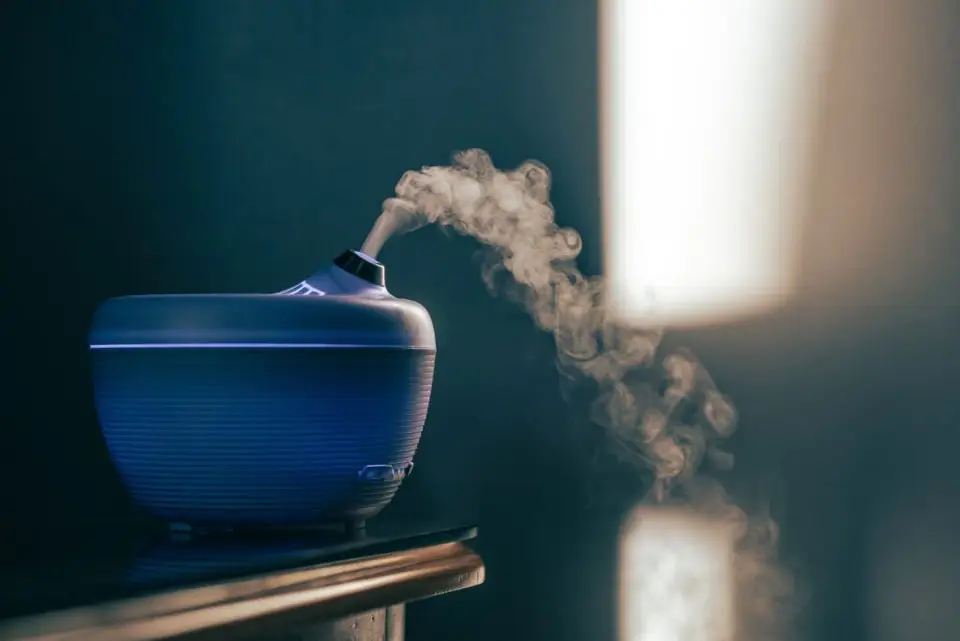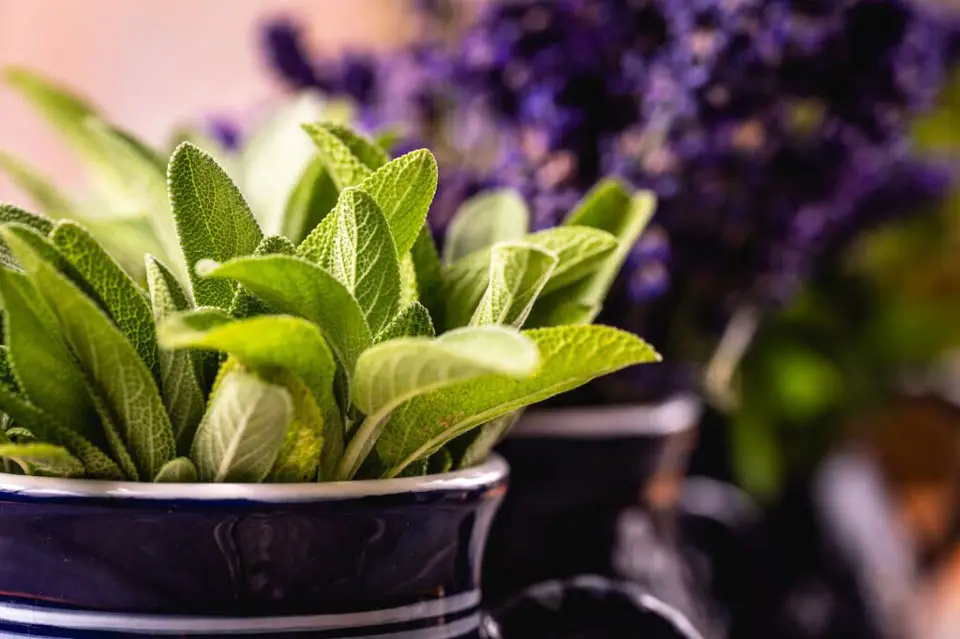The Invisible Element of Interior Design:
The Power of Scent

In the realm of interior design, much focus is given to visual elements like color, texture, and form. Yet, scent has an immediate and lasting impact on our perceptions, moods, and overall sense of well-being. A thoughtfully scented space can resonate on a deeply emotional level, becoming a crucial aspect of a holistic design experience. In this post, we’ll delve into the importance of incorporating scent into interior design and offer practical suggestions on how to integrate this often-overlooked sensory dimension.
Essential Oil Diffusers for Targeted Aroma Zones
One of the most elegant and non-intrusive ways to introduce scent into your home is by using essential oil diffusers. Placing them strategically in areas where people congregate, like the living room, or in transition spaces like hallways, allows for a “scent zone” that subtly shifts as one moves through the home. Essential oils come in a vast array of natural fragrances—ranging from the calming aromas of lavender and chamomile to the invigorating scents of citrus and peppermint. By choosing oils that align with the desired mood or function of a room, you’re not just designing a space; you’re creating an experience.

Natural Materials: Wood and Fibers
Natural materials like wood and linen don’t just offer visual and tactile appeal; they come with their inherent scents that can contribute to the overall olfactory landscape of a space. For instance, cedar has a mild, pleasing aroma that can make closets or drawers subtly aromatic. On the other hand, natural fibers like linen, with their inherent breathability, contribute to an overall sense of freshness. When you select furniture, flooring, or textiles, consider not just how they look or feel, but also how they smell. These materials can serve as a long-lasting base note over which other scents can be layered.

Aromatic Plants: Nature’s Perfumers
The beauty of incorporating live plants like jasmine or lavender is twofold: they are visually pleasing and emit natural aromas that can greatly enhance the ambiance of a room. Herb pots in the kitchen not only add a touch of green but also provide ready-to-use flavors for cooking and a delightful herbal aroma. By choosing plants that align with the specific function and mood of a room, you can naturally augment the space’s olfactory experience.
Humidity Control for Scent Preservation
An often-overlooked aspect of scent control is humidity. Maintaining an indoor humidity level below 50% can greatly contribute to a home’s olfactory experience. Excess humidity can lead to the growth of mold and mildew, which produce unpleasant musty odors. Therefore, investing in a quality HVAC system with built-in humidity control, or utilizing a dehumidifier, can be an excellent way to maintain a pleasant aroma in your home. This creates an environment where pleasing scents from other sources—be it essential oils, natural materials, or plants—can be more effectively highlighted.

Seasonal Scent Layering
Changing the scent profile of your home according to the seasons can create a dynamic and ever-refreshing atmosphere. Just as you might switch out cushions or décor items, consider altering your scent elements. In summer, lean towards lighter, floral, or citrusy notes, while in the colder months, transition to richer, earthy, or spiced scents. Layer these seasonal aromas through a combination of candles, potpourri, and essential oils to build a complex olfactory landscape that evolves throughout the year.
Scent is a potent but often undervalued element in the realm of interior design. Here at Mudan Interior Design, we aim to elevate the experience by integrating multiple senses. Incorporating the nuanced elements of touch, smell, and sound enriches the spatial narrative, elevating your experience into something profoundly memorable. If you’re intrigued by the idea of creating a home that appeals to all senses, we invite you to reach out for a Discovery Call with us. Let us help you transform your space into an experiential haven that engages, comforts, and invigorates. We look forward to the opportunity to bring your sensory design vision to life.
Feature Works




